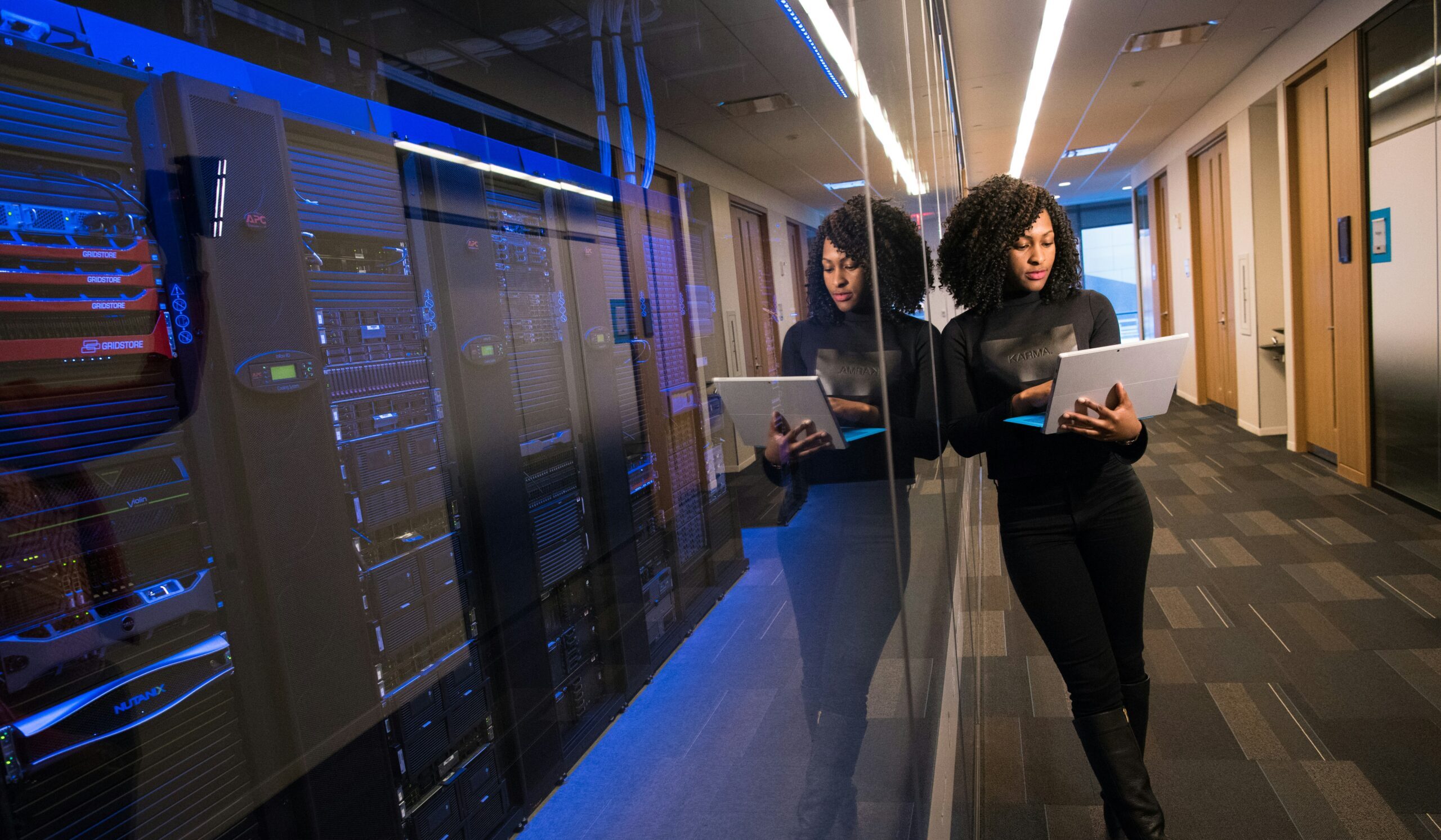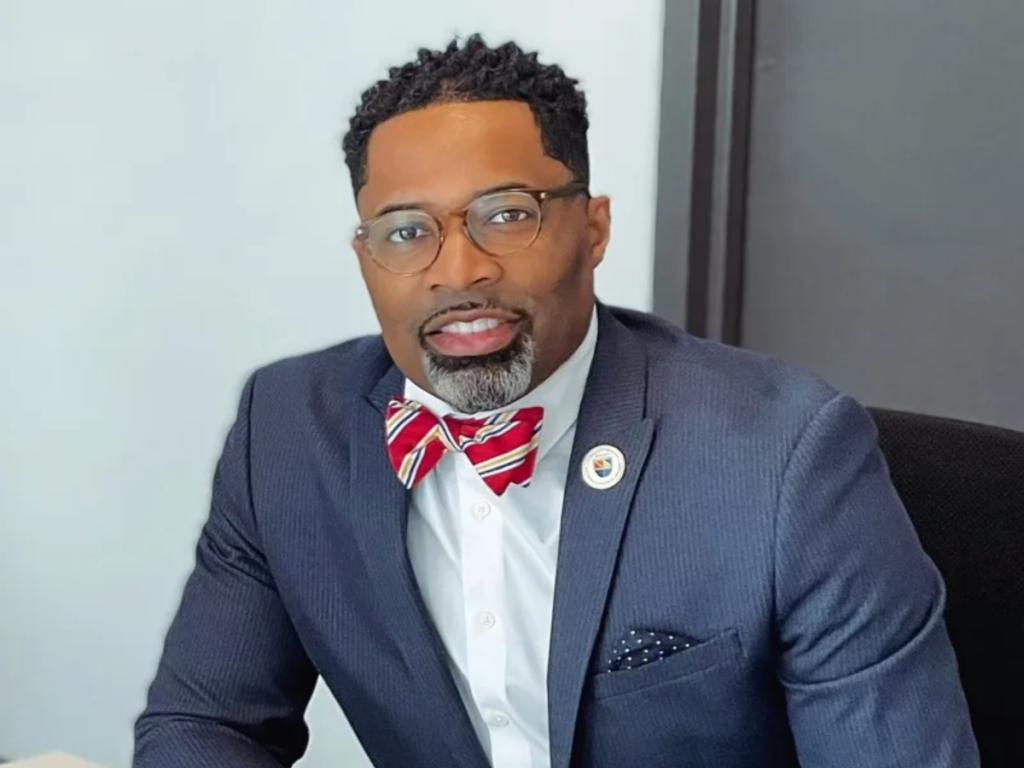Artificial intelligence is rapidly redefining what’s possible across industries. That brings challenges, but also huge potential to drive positive change if its power can be harnessed by social impact organizations. With AI, nonprofits can unlock new ways to streamline operations, expand their reach and capacity, and devote more energy to their core purpose. As part of the AI Opportunity Fund, Google.org is supporting these organizations by delivering innovative AI solutions and guidance, empowering them to maximize their impact and achieve stronger outcomes for the people and causes at the heart of their mission.
As part of its year-long capacity-building initiative, the AI Opportunity Accelerator, Project Evident has been hosting Discovery Days across the U.S. to bring the tremendous possibilities AI offers to the nonprofit sector. To further open up the dialogue around this opportunity and the goal of upskilling nonprofits with AI, NationSwell — in partnership with Project Evident and with support from Google.org — hosted a series of dinners across the U.S. this spring in parallel with the Discovery Days. The dinners brought together a range of cross-sector leaders in each city to exchange ideas, challenge conventional thinking, and explore how to accelerate the adoption of AI in the nonprofit sector — and lay the groundwork for future collaboration for transformation and impact.
This event series would not have been possible without the tremendous support and dedication of our host partners working on the ground in the cities we visited: the San Francisco Foundation, the Austin Community Foundation, the Central Carolina Community Foundation, the Community Foundation for Greater Atlanta, and Tech:NYC. Be sure to check out the incredible work that they’re doing.
It is not often we have the opportunity to bring leaders from every sector together to discuss AI. In the spirit of supporting inclusive innovation, we have shared below some of the most productive insights that emerged from the dinners.
Big picture
- AI possesses enormous impact potential. As AI continues to transform our daily lives — at home, work, or school — we must make space to explore questions and ethical concerns while also maintaining a sense of optimism and excitement for the technology’s many benefits. By balancing caution with curiosity, we can ensure the advancement of AI to support humanity.
- AI can be a great equalizer. It offers individuals, practitioners, and organizations access to insights and capabilities that were previously only available to a narrow few. AI-enhanced workflows can help overcome barriers to education access, language divides, and learning abilities to level the playing field and unlock opportunities in new ways.
- AI isn’t just a tech solution — it’s a tool for real-world outcomes. Examples included using AI to increase access to free health screenings, engage voters with limited English proficiency, and address food deserts by empowering local small business owners with data on opportunities to sell more fresh groceries. When AI is paired with community insight, the impact is tangible.
- The quality of AI’s output depends on the quality of its input. Local data integrity—including census information, community feedback, and lived experience—is essential. Everyone must be included, especially now. That includes disabled communities, LGBTQ+ people, and other often-excluded groups.
- Current imbalances in AI must be addressed. It’s important not to lose sight of the disparities in AI usage: Women and marginalized groups are using AI less frequently and adopting it more slowly, and many nonprofits have their hands full dealing with the changes happening at a federal level and are at risk of being left behind.
Practical guidance
- Delegate the responsibility of championing widespread adoption. Successful AI adoption requires support: Empowering 2-3 people to act as ambassadors in championing the use and testing of new tools can help other employees understand how new technology can be applied to their roles and facilitate broader AI use across an organization.
- Explore ways to integrate AI into existing institutions and systems for maximum reach. Running AI programs in high schools, for example, creates space for youth to learn and have conversations around AI, promoting accessibility, skills building, and widespread adoption.
- Co-design and capture learnings to ensure AI tools are human-centered. It’s essential to consider the needs of all stakeholders from the beginning stages of technology design and throughout implementation. Help nonprofits develop and implement learning cycles to understand what works, for whom, and how it can continuously be improved.
- You don’t have to create new technology — existing tools can be used for innovation. For instance, one nonprofit supporting immigrants launched a WhatsApp chat bot that distributed “know your rights” information.
- Educate decision makers at all levels — including Boards — on AI. Bring trusted voices to tell stories about what’s happening and challenge senior leaders not to fall behind (but do not expect folks to absorb it all in one day).
- Invest in “unsexy tech” (i.e., data infrastructure for nonprofits). This is a critical gap, but many organizations don’t have the bandwidth or comfort to ask for a data infrastructure grant right now given tremendous fluctuations in the broader nonprofit funding landscape.
Recommended Resources:
- The Anxious Generation
- Candid
- Dwarkesh Podcast
- Funding the Future: Grantmakers Strategies in AI Investment Report
- Generative AI for Nonprofits (GAIN)
- Generating On-Demand, Actionable Evidence: First Place for Youth and Gemma Services
- Grant Guardian — AI powered financial due diligence tool for philanthropists
- Inspiring Action: Identifying the Social Sector AI Opportunity Gap
- Our World in Data
- Pew Research Survey: How the U.S. Public and AI Experts View Artificial Intelligence
To explore partnership opportunities with NationSwell’s award-winning Studio, visit nationswell.com/studio
















